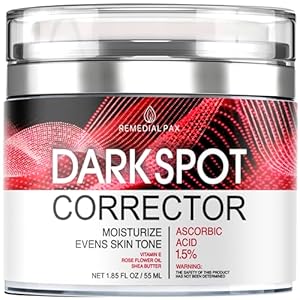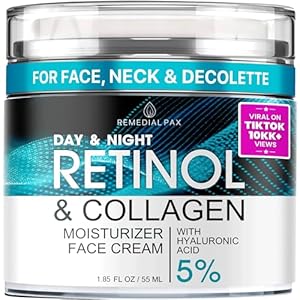
The liver is perhaps the most regenerative organ in the body, but like all other organs it is negatively affected by the accumulation of cell and tissue damage characteristic of aging. Liver function is reduced, while prevalent liver diseases such as metabolic dysfunction-associated steatoheptatitis occur more readily in older people than in younger people. With this in mind, researchers here present a tour of vulnerabilities to disease and dysfunction that are induced by mechanisms of aging in the liver.
While the liver can maintain some of its homeostatic functions throughout aging, it becomes highly susceptible to liver injury and chronic liver disease. This susceptibility is mainly due to decreased hepatic volume, reduced blood flow, altered microvasculature, defective metabolizing enzymes, impaired proteostasis, mitochondrial dysfunction, and reduced expression of hormone receptors. Furthermore, chronic exposure to external factors such as polypharmacy, excessive alcohol consumption, and nutritional imbalances may exacerbate harmful inflammatory signaling, cellular senescence, and elevated oxidative stress. These changes ultimately hinder the aged liver’s ability to manage cell death and disease progression effectively. These age-related anatomical and molecular changes in the aged liver exacerbate ischemia-reperfusion injury (IRI), drug-induced liver injury (DILI), alcohol-associated liver disease (ALD), and metabolic dysfunction-associated steatotic liver disease (MASLD).
The proposed role of aging in liver diseases. (A) IRI: Aging livers experience reduced levels of ATG4B and PARKIN, leading to decreased autophagy/mitophagy and increased reactive oxygen species (ROS). Enhanced NF-κB activation in macrophages causes greater inflammation, worsening IRI. (B) DILI: Older adults have decreased liver drug metabolism due to reduced activity of CYP enzymes and lower clearance, along with diminished GSH and SOD levels. These factors, combined with polypharmacy, raise susceptibility to DILI. (C) ALD: Aging diminishes alcohol-metabolizing enzymes and proteostasis mechanisms like autophagy/proteasome. Decreased SIRT1 levels and increased inflammation further exacerbate ALD. (D) MASLD: The aging liver shows elevated necroptosis and ferroptosis proteins, increased lipogenesis, and inflammation, while fatty acid beta-oxidation and autophagy decrease, leading to more severe MASLD.
Trending Products











